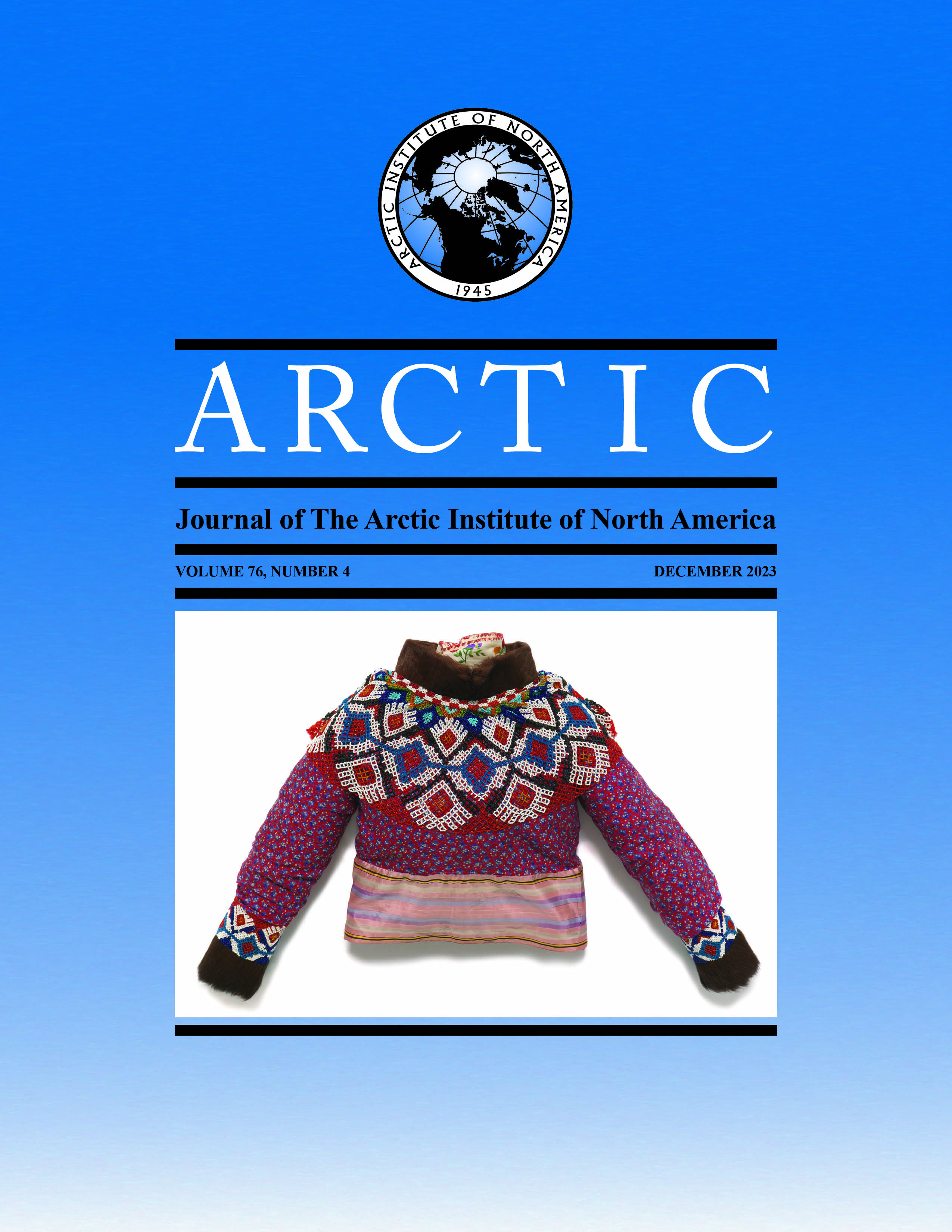Cash Economy and Store-Bought Food Biases in Food Security Assessments of Inuit Nunangat
DOI:
https://doi.org/10.14430/arctic78196Keywords:
food security; food sovereignty; nutrition transition; Arctic Canada; food systems; Household Food Security Survey Module; HFSSMAbstract
Researchers, community organizations, and Inuit leaders increasingly question the suitability of methods to assess the prevalence of food insecurity in Inuit Nunangat (the Inuit homeland in Canada). Particularly contentious is the US Department of Agriculture’s (USDA) Household Food Security Survey Module (HFSSM). The HFSSM is applied in modified form as part of Health Canada’s nationwide Canadian Community Health (CCHS) and Aboriginal Peoples Surveys. The 18-question HFSSM is the primary survey tool used by the Government of Canada to assess food security prevalence. Yet the HFSSM asks only about the affordability of store-bought foods (also termed “market foods” elsewhere in the literature) when collecting data to designate food security status. This is despite communities in Inuit Nunangat having complex dual or mixed food systems, that is, they rely on foods harvested from ancestral lands (country foods) in combination with store-bought foods to sustain mixed cash-subsistence economies and diets. Sourcing country foods requires money for the purchase of equipment and machinery. However, country foods also have numerous access and availability criteria dictated by non-financial factors. In this paper, we explore the problem of the monetary bias (the focus on an individual or household’s ability to purchase foods) in the HFSSM and discuss the knock-on effects of using monetary metrics as the sole means of measuring and monitoring food security in dual food environments. We contend that relying on monetary access as a measure presents an incomplete picture of the reality of food insecurity in Inuit Nunangat. Presently, there is little consideration of the nuance of social norms and cultural values that govern dual food systems or the importance of less tangible, non-financial factors that might affect food access (e.g., knowledge of where and how to harvest and of machine maintenance, suitable environmental conditions for travel, conducive harvest regulations, social relationships, ecological stability). Ultimately, this contributes to restricted policy-level understandings of what it means to ensure stable, culturally adequate, and just food systems, and limits self-determination in northern food environments.
Downloads
Downloads
Published
Issue
Section
License
Copyright (c) 2022 ARCTIC

This work is licensed under a Creative Commons Attribution 4.0 International License.


